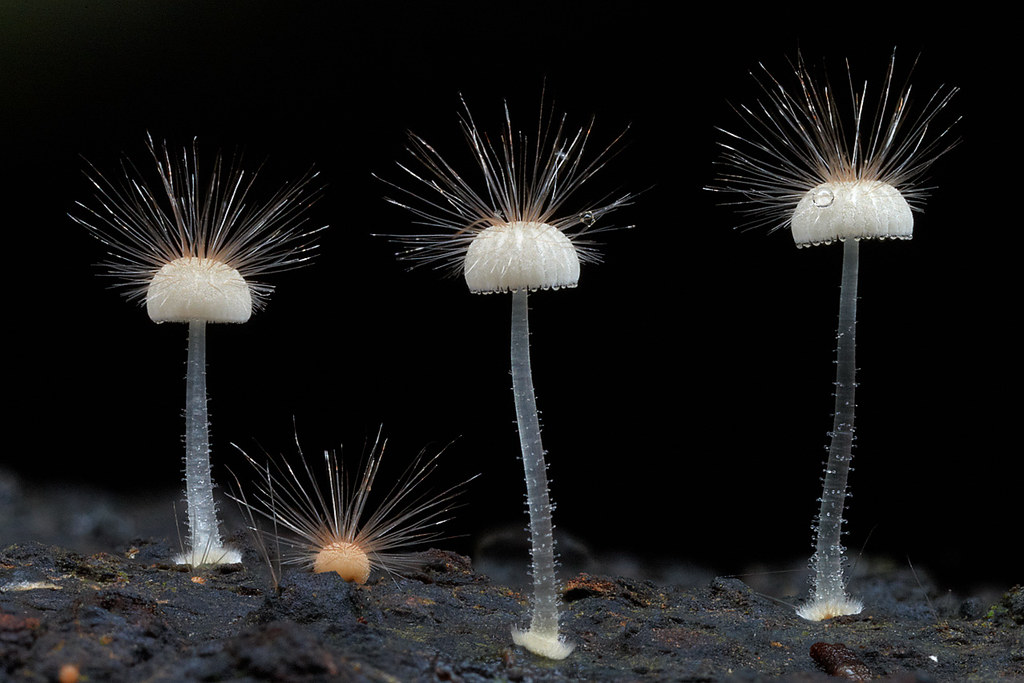In this article w will discuss about General Characteristics of Zygomycotina
Zygomycotina
The fungi belonging to this group are generally terrestrial and they produce zygospore (Gr. zygos — yoke; Spora — seed, spore) after sexual reproduction.
The Important Characteristics of Zygomycotina are:
i. The thallus is normally haploid, consisting of coenocytic mycelium and its cell wall contains chitin and chitosan.
ii. The mycelium contains cell organelles like other fungi, except typical golgi bodies and centriole.
iii. Asexual reproduction takes place by aplanospores.
iv. Sexual reproduction takes place by gametangial copulation, resulting in the formation of zygospore.
Ainsworth (1973) classified the subdivision Zygomycotina into two classes:
i. Zygomycetes, and
ii. Trichomycetes.
Key to Classes of Zygomycotina:
a. Saprophytic or, if parasitic or predaceous, having mycelium immersed in host tissue Zygomycetes.
aa. Parasitic or commensals within the digestive tract of living arthopods Trichomycetes.
The subdivisions Mastigomycotina and Zygomycotina of G. C. Ainsworth (1973) were earlier included under the class Phycomycetes by Gwynne-Vanghan and Barnes (1926).
The main distinguishing characteristics of the class Phycomycetes are:
i. The members of the class Phycomycetes may be either aquatic (Saprolegnia parasitica), saprophytic (Mucor) or parasitic (Phytophthora, Pythium) on higher plants.
ii. The thalloid plant body is very simple, ranges from isolated cell to a profusely branched coenocytic (nonseptate) mycelium. Septa may form in the older plants and also at the base of sex organs.
iii. Reproduction takes place by vegetative, asexual and sexual means.
(a) Vegetative reproduction takes place by the formation of oidia, budding and fragmentation.
(b) Asexual reproduction takes place by zoospores or aplanospore produced enciogenously in sporangia and by conidia developed exogenously on conidiophore (Albugo). The zoospores are either uni- or biflagellate.
(c) Sexual reproduction takes place by planogametic copulation (isogamy in Synchytrium; anisogany in Allomyces and oogamy in Monoblepharis, gametangial contact (Phytophthora, Pythium) and gametangial copulation (Mucor, Rhizopus).
The product of sexual fusion may be zygote (Synchytrium, Allomyces), zygospore (Rhizopus, Mucor) or oospore (Pythium, Phytophthora), usually secretes a thick wall around itself and undergoes rest. On germination, it may give rise to meiozoospores or meioaplanospores.
Zygomycotina: Characteristics of Zygomycotina | Mycology
![Zygomycotina: Characteristics of Zygomycotina | Mycology]() Reviewed by Rajkumar
on
October 31, 2017
Rating:
Reviewed by Rajkumar
on
October 31, 2017
Rating:


No comments: